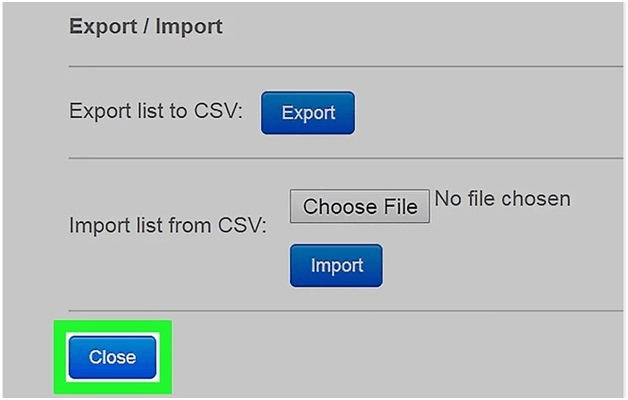


However, Chrome can also make usage of what's called Single App Kiosk Mode. It can also be modified to use a Guest account or head to a particular URL. Kiosk Mode itself isn't exclusive to Chrome Devices, either: with the addition of a launch command on Windows, Chrome can be launched in a fullscreen, browser-only mode that doesn't allow the user access to the rest of the computer. Essentially, it locks away access to the rest of the device. Kiosk Mode is a feature in Chrome that allows the device to be used in a single-window/single-app kiosk mode. While the regular Chrome browser can run just fine on a 'normal' desktop computer, many advantages of Google for Work and other features are exclusives to devices running Chrome OS: or, in short, Chrome Devices.Ĭhrome Devices occupy a range of Chromebooks (specialized, cheap laptops running Chrome OS), Chrome Boxes (tiny PCs running Chrome OS) and even specialized devices like the Chromebase, a commercial-grade computer designed for business usage.up to and including being used as a kiosk. Chrome for Work doesn't really change much about Chrome itself: rather, it's the name of Google's initiative to encourage usage of its browser on its devices in schools and workplaces all over the country. Chrome Devices and Chrome for Workįirst, let's start with Chrome for Work. In this article, we'll be explaining how e asy it is to set up Chrome OS Kiosk Mode and running on your Chrome devices, as well as those concepts to start with. Here at Apps Admins, we use our expertise in Google Cloud and other high-end cloud solutions to equip businesses with the latest and greatest.


 0 kommentar(er)
0 kommentar(er)
